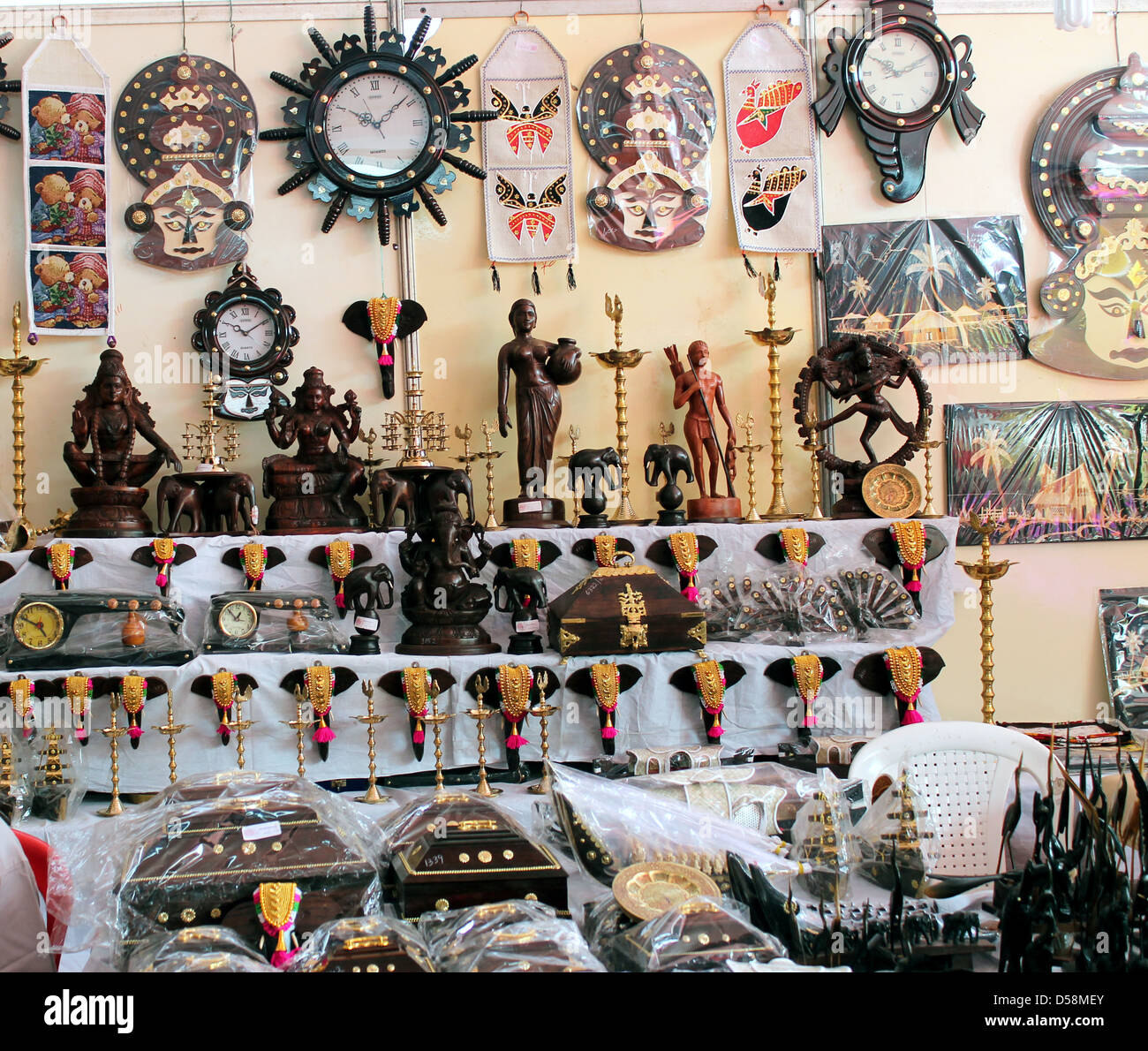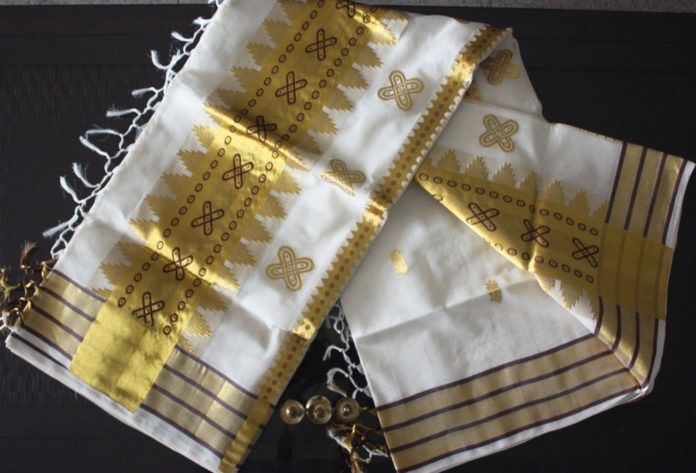
Kerala, a state located in the southwestern region of India, is renowned for its natural beauty, vibrant culture, rich history, and socio-economic development. Often referred to as “God’s Own Country” due to its lush green landscapes, serene backwaters, and pristine beaches, Kerala stands out for its unique blend of tradition and modernity.
Kerala is bordered by the Arabian Sea to the west and the Western Ghats mountain range to the east. It covers an area of approximately 38,863 square kilometers and has a population of over 35 million people (according to the 2021 census). The state’s topography is diverse, with sandy beaches along the coast, dense forests in the interior, and high-altitude hill stations in the east. Its tropical climate makes it a major tourist destination, especially known for its backwaters and Ayurveda.
Historical Facts of Kerala
Ancient Period
Kerala’s history dates back to the early civilizations of the Indian subcontinent. The region was known for its wealth, spice trade, and maritime connections with the ancient world. The ancient Tamils were the first to settle in the region, and it was part of the Tamil kingdoms during the Sangam period (300 BCE – 300 CE). Kerala’s strategic location on the southwestern coast made it an important center for trade with the Roman Empire, Arabs, and later, Europeans.
The Chera Dynasty
From the 1st century CE, the region was ruled by the Chera dynasty, which established its capital at modern-day Kodungallur. The Cheras were significant contributors to the region’s culture, trade, and early Hinduism. The dynasty’s maritime prowess made them a dominant force in the Indian Ocean trade network, linking Kerala with various countries such as Egypt, Rome, China, and Southeast Asia.
Medieval Period
In the medieval period, Kerala witnessed the rise of various local kingdoms such as the Kingdom of Venad, the Kingdom of Cochin, and the Kingdom of Travancore. These kingdoms were involved in several regional conflicts, alliances, and trade negotiations with other states and foreign powers. The Kerala region also experienced the spread of Buddhism, Jainism, and later, the arrival of Islam through Arab traders.
During this time, the state’s maritime importance continued to grow, with the arrival of the Portuguese, Dutch, and British traders. The Portuguese arrived in 1498 under Vasco da Gama, marking the beginning of European influence in Kerala. This was followed by the Dutch in the 17th century and the British in the 18th century. Each European power tried to dominate the spice trade, and the region saw frequent colonial conflicts.
Colonial Era and Resistance
The British established control over most of Kerala by the late 18th century, incorporating the region into the British Empire. During this period, Kerala underwent significant changes, including the introduction of modern education, transportation, and legal systems. However, the colonial period also saw the exploitation of local resources and the suppression of the local population.
Resistance to British rule was strong in Kerala, with several revolts and uprisings, such as the famous Mappila Rebellions of the early 20th century. One of the most significant anti-colonial figures was the freedom fighter, V.T. Bhattathiripad, who played a key role in social reform movements in the region. The Velu Thampi Dalawa rebellion against the British in the early 19th century is another example of local resistance.
Post-Independence Era and State Formation
After India gained independence in 1947, Kerala was formed in 1956 by the merging of the princely states of Travancore and Cochin with Malabar, a region formerly part of the Madras Presidency. The new state was created primarily based on linguistic lines, with Malayalam as the official language.
Post-independence, Kerala emerged as a significant force in Indian politics, with its unique blend of socialist movements, religious diversity, and high social development indicators. The state became one of the first in India to have a communist government, with the Communist Party of India (Marxist) coming to power in 1957. The Left Front Government in Kerala played a significant role in implementing land reforms, improving literacy, and promoting healthcare and welfare.
Cultural Heritage
Kerala’s culture is a beautiful amalgamation of various influences: Dravidian, Aryan, Islamic, and Western. Traditional dance forms such as Kathakali (a classical dance drama) and Mohiniyattam (a solo classical dance form) are famous worldwide. The state’s art, literature, music, and architecture are also significant, with landmarks such as the Padmanabhaswamy Temple in Thiruvananthapuram and the Hill Palace in Kochi.
The state’s cuisine, primarily rice-based, features a wide variety of vegetarian and non-vegetarian dishes, with coconuts and spices like cardamom, black pepper, and turmeric being essential ingredients.
Today, Kerala is known for its progressive values. It has the highest literacy rate among Indian states, a universal healthcare system, and a relatively high standard of living. Tourism is one of the major contributors to the state’s economy, with visitors coming to enjoy its backwaters, hill stations, cultural festivals, and Ayurvedic treatments.
The state has also gained international recognition for its advancements in health, education, and social welfare. Kerala’s focus on environmental conservation, green technologies, and sustainable tourism has earned it praise as a model for balanced development.
Kerala’s unique historical trajectory, rich cultural heritage, and modern advancements have made it a state with a distinct identity in India. From its ancient trade routes to its contemporary achievements in education and healthcare, Kerala continues to be an important part of India’s cultural and historical landscape.
INDIAINNINGS
Campaigns
- Diwali Special
- Independence Day Celebrations
- Holiday on Holi day
- New Year Specials
Help
- Order Tracking
- Terms & Conditions
- Privacy Policy
- Tutorials
- FAQ
Help
- Facebook Chat
- Whatsapp Help
- E-mail Support
- Contact



